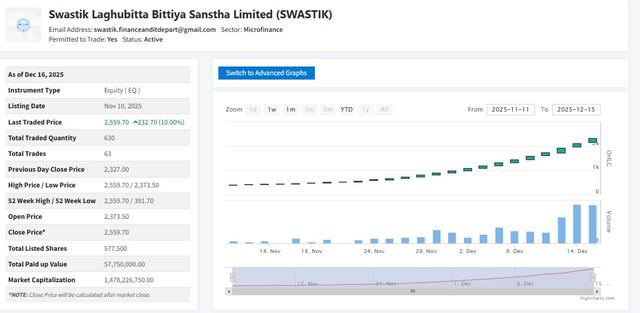Liquidity Surplus Worsens in Nepal’s Banking Sector as Credit Demand Remains Weak
Author
NEPSE trading

Since mid of the last fiscal year, excess liquidity has emerged as a critical issue in Nepal’s banking sector. With declining credit demand and a slowdown in business activities, banks are struggling to disburse loans, leading to a pile-up of idle funds. As a result, Nepal Rastra Bank (NRB) is facing increasing difficulty managing monetary operations and maintaining the interest rate corridor.
Liquidity Control Measures Intensify
To manage this surplus, NRB absorbed Rs. 30 billion in liquidity on May 26 using a 21-day deposit collection instrument at an average interest rate of 2.96%. Though banks submitted bids worth Rs. 66.40 billion via 28 applications from 20 institutions, the central bank accepted only Rs. 30 billion.
So far this fiscal year, NRB has mopped up Rs. 2.569 trillion through 76 rounds of deposit collections. Similarly, banks have deposited Rs. 1.368 trillion under the Standing Deposit Facility (SDF) just today. Since the beginning of the fiscal year, banks have utilized the SDF 128 times, totaling Rs. 17.588 trillion in unused funds parked at the central bank at a 3% interest rate.
Today alone, banks have handed over Rs. 166.75 billion of surplus liquidity to NRB — a record one-day absorption via deposit instruments and SDF.
Deposit Surges to All-Time High
As per NRB data up to May 23 (Jestha 8), total deposits in banks and financial institutions reached a record Rs. 6.901 trillion. In contrast, total loan disbursement stood at Rs. 5.532 trillion, showing a widening gap between deposits and credit expansion.
Commercial banks hold Rs. 6.165 trillion, while development banks and finance companies have Rs. 735 billion in deposits. However, credit distribution is lagging behind, with commercial banks lending Rs. 4.914 trillion and others contributing Rs. 618 billion.
CD Ratio Shows Room for Lending
Banks are currently maintaining a Credit-to-Deposit (CD) Ratio of only 78.97%, even though they are allowed up to 90% under NRB’s monetary policy. This means banks still have about Rs. 679 billion in loanable funds, but demand remains sluggish.
Declining Interest Rates Amid Stagnant Lending
As liquidity piles up, banks are slashing deposit interest rates, pushing base interest rates downward. Although lending has become cheaper, loan growth hasn't picked up. Bankers say this is a natural consequence of excess liquidity, but admit that low demand is the real barrier.
Long-Term Bonds to Absorb Excess Liquidity
To address persistent liquidity issues, the government plans to issue long-term development bonds targeting productive infrastructure projects. According to the reform roadmap based on the High-Level Economic Reform Commission’s report, the Ministry of Finance will be responsible for identifying projects and issuing bonds offering returns higher than prevailing interest rates.
Credit Expansion Still a Challenge
Experts highlight that deposit accumulation is partly driven by increased remittance inflows, while credit expansion is restricted by both low demand and capital adequacy pressures on some banks. A few banks are reportedly facing regulatory capital stress, with NRB requiring a minimum 8.5% capital adequacy ratio based on risk-weighted assets.
Despite NRB’s relaxed stance on home, vehicle, and share-backed loans, and even with single-digit interest rates, banks have not been able to significantly boost lending. The slowdown in industrial and construction sectors, which are vital for productive investment, is a major concern.
Conclusion
Nepal’s banking sector is stuck with idle cash and weak credit demand. While liquidity instruments and SDF help temporarily, the real solution lies in boosting credit to productive sectors. The introduction of long-term development bonds could provide a pathway to absorb excess liquidity while driving growth — but only if tied to viable, high-return infrastructure projects. Without genuine credit expansion, Nepal’s economic growth targets remain at risk.



